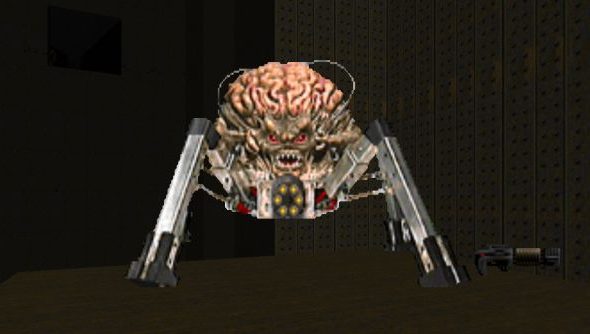I think I wrote something similar in the Rage thread, but not only do I think that the game itself was very good, the technology itself was very impressive.
Sure, the textures didn't look too sharp, it had huge streaming issues on release, but the megatexture technology was amazing. The artists designing the maps could overlay as many textures on themselves and not worry about performance budget, because everything would be baked into the megatexture and be streamed just as if only a single texture was applied to a wall. That gave the artist enough freedom to make Rage look beyond amazing, but only when not too close to a wall, which is unfortunate, because that's what everyone focused on back in the day. The other impressive thing is there was no LOD - when you saw something from afar and you moved closer to it, it was just there and getting bigger. There was no level of detail changing while you moved closer, which annoys the hell out of me, because it still happens in games today. In Rage, everything that was drawn on screen, it was "physically" there. The NPC models were also pretty great and very well animated.
Rage did something cool nobody did before, too. Bi cubic texture filtering instead of bilinear. I don't know how games filter their textures today, but I bet not many of them use any more advanced methods. Enabling bicubic in Rage changed how the textures look significantly - they remained blurry, but much, much less. John Carmack once said that he will use Rage as a testing ground after release and gamers would be able to download a different build with experimental features built in. I'm not sure if he just moved away to something completely different or maybe it was Bethesda that said "don't do additional support for the game unless it's a showstopper bug". I also recall Carmack wanted to release the uncompressed megatexture, no matter how huge it might have been, for people who are most interested. He backed out and claimed it offered no increase in quality and resolution. I wonder if that is really the case.
Carmack was also probably very unsatisfied when Bethesda said "no" to source code releases. I remember someone said the lawyers at Bethesda were very angry when id released the source of Doom BFG - I might remember it wrong, but I think someone from id wrote about that. I think if he stayed with id Software he might have done something to keep releasing the code, but there is nothing we can really do about right now.
Regarding the future engines Carmack wanted to work on, I remember he said something about virtual geometry and voxels. There was a leaked video of a presentation by one of id programmers who showed the infinite amount of detail it allowed for. He showed a monster model and kept zooming on its hands and fingers and the detail was still there. John also wanted ray tracing, but was unsure if he could push the GPU manufacturers in that direction back then. Id tech 6 would probably "only" use voxels for geometry and ray tracing would be left for id Tech 7.
Anyhow, I really miss his game engines. He always made something new, even if it felt insignificant at first. I remember how people laughed that the blood in Quake 1 was just a few pixels floating in the air. Those were particles. Today, pretty much every effect in modern games is done with particles, only this time, there are thousands, if not millions of them.
So, now John is focused on virtual reality and it's pretty cool, too. He made some huge stuff I don't even wish to start to try and understand. There is some sort of prediction magic going on with pre-rendering areas the player is most likely going to look at, to decrease the latency and object/texture popping in. So this is all good stuff, but I think the initial hype for VR has kind of died down a lot.
I still have to listen to this Joe Rogan podcast, I always started listening before sleep and even though I love to listen to Carmack speak, I fell asleep within the first 45 minutes























